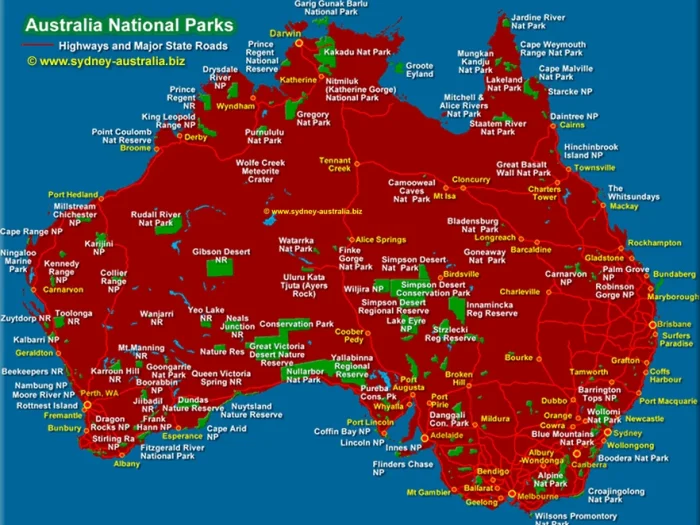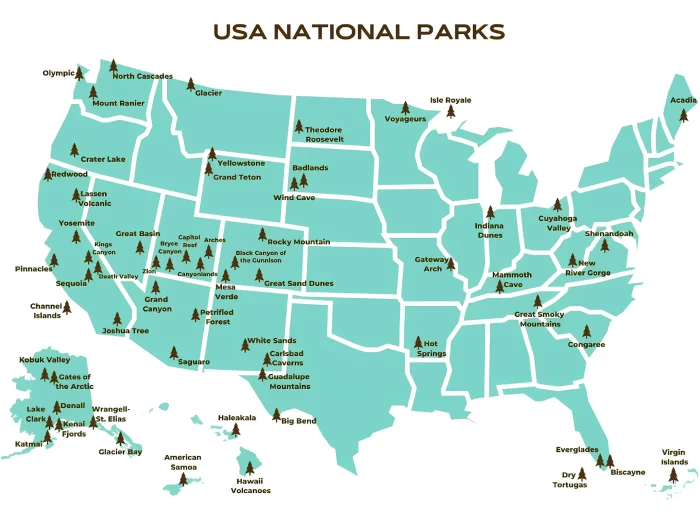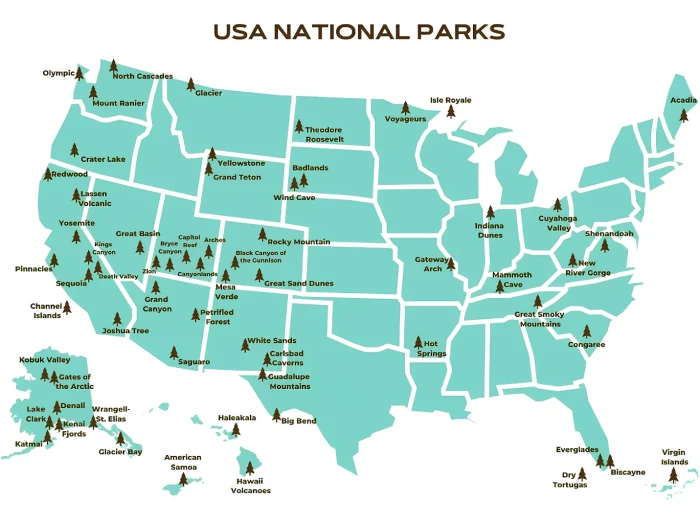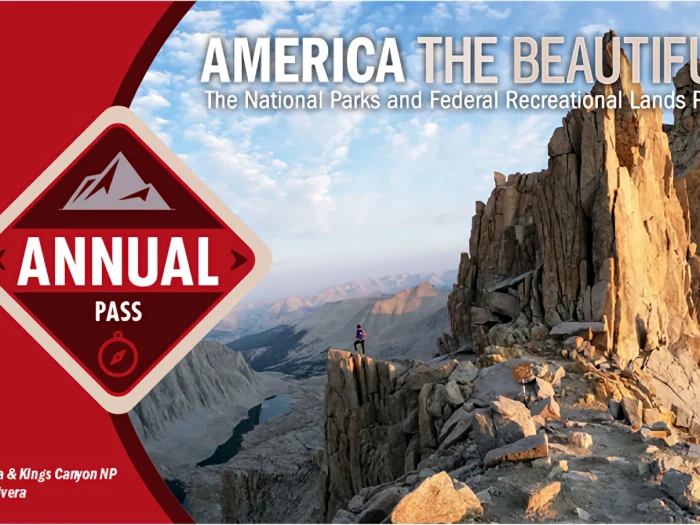When Was Badlands National Park Established?
When Was Badlands National Park Established?
Badlands National Park, with its otherworldly landscape of jagged buttes, spires, and pinnacles, has a rich history that began long before it received federal protection. The establishment of this iconic South Dakota landmark was a gradual process that unfolded over several decades.
Initial Protection as a National Monument
Badlands National Park was first established as Badlands National Monument on March 4, 1929, when President Calvin Coolidge signed a proclamation setting aside 150,000 acres of the South Dakota Badlands for protection. This initial designation recognized the area’s unique geological formations, fossil resources, and natural beauty.
The creation of the monument followed years of advocacy by local residents, scientists, and conservationists who recognized the unique value of the region’s dramatic landscape and paleontological resources. The stark beauty of the eroded terrain, with its layered rock formations spanning millions of years of Earth’s history, made a compelling case for preservation.
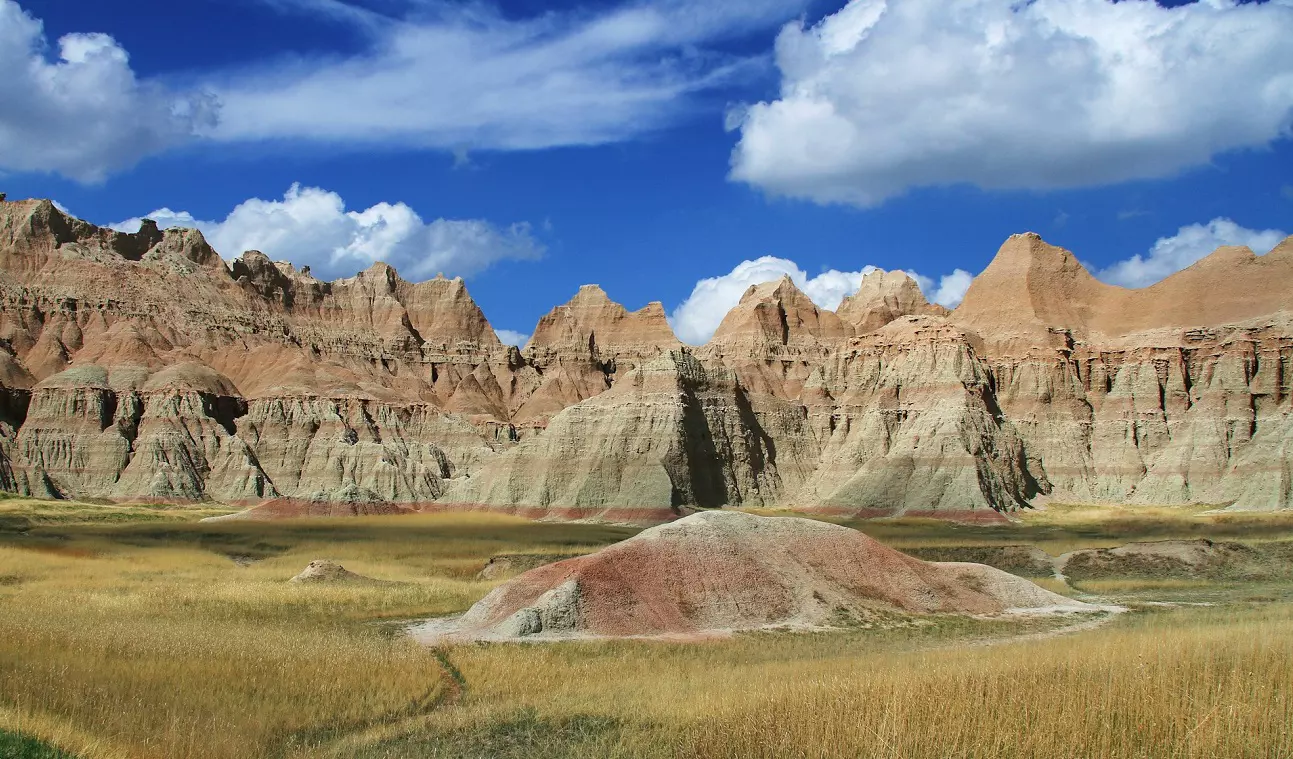
Expansion and Redesignation
Over the following decades, the protected area grew in size and significance:
- In 1938, the U.S. Forest Service transferred an additional 29,000 acres of grassland to the monument
- In 1968, the Oglala Sioux Tribe and the National Park Service entered into an agreement to co-manage the South Unit, which includes lands within the Pine Ridge Indian Reservation
- On November 10, 1978, Badlands National Monument was officially redesignated as Badlands National Park through an act of Congress (Public Law 95-625)
This redesignation acknowledged the area’s national significance and provided enhanced protection for its resources.
The Park Today
Today, Badlands National Park encompasses 242,756 acres of sharply eroded buttes, pinnacles, and spires interspersed with the largest protected mixed-grass prairie ecosystem in the United States. The park is divided into two units:
- The North Unit, which is managed solely by the National Park Service
- The South Unit (Stronghold Unit), which is co-managed with the Oglala Lakota Nation
The park preserves not only a stunning geological landscape but also protects significant paleontological sites containing fossils from the Oligocene Epoch (33.9 to 23 million years ago), including ancient mammals like three-toed horses, sheep-like oreodonts, and saber-toothed cats.
Cultural Significance
The Badlands have been significant to Native American tribes, particularly the Lakota, for thousands of years. The Lakota named this region “mako sica” or “land bad,” recognizing its harsh conditions and difficult terrain. The South Unit includes sites of great cultural and historical significance, including the site of the 1890 Wounded Knee Massacre.
Visiting Badlands National Park
Nearly one million visitors explore Badlands National Park each year, drawn by its striking landscape, abundant wildlife including bison and bighorn sheep, and rich paleontological history. The establishment and continued protection of this unique landscape represents an important chapter in America’s conservation history, preserving one of the continent’s most distinctive geological wonders for future generations.

